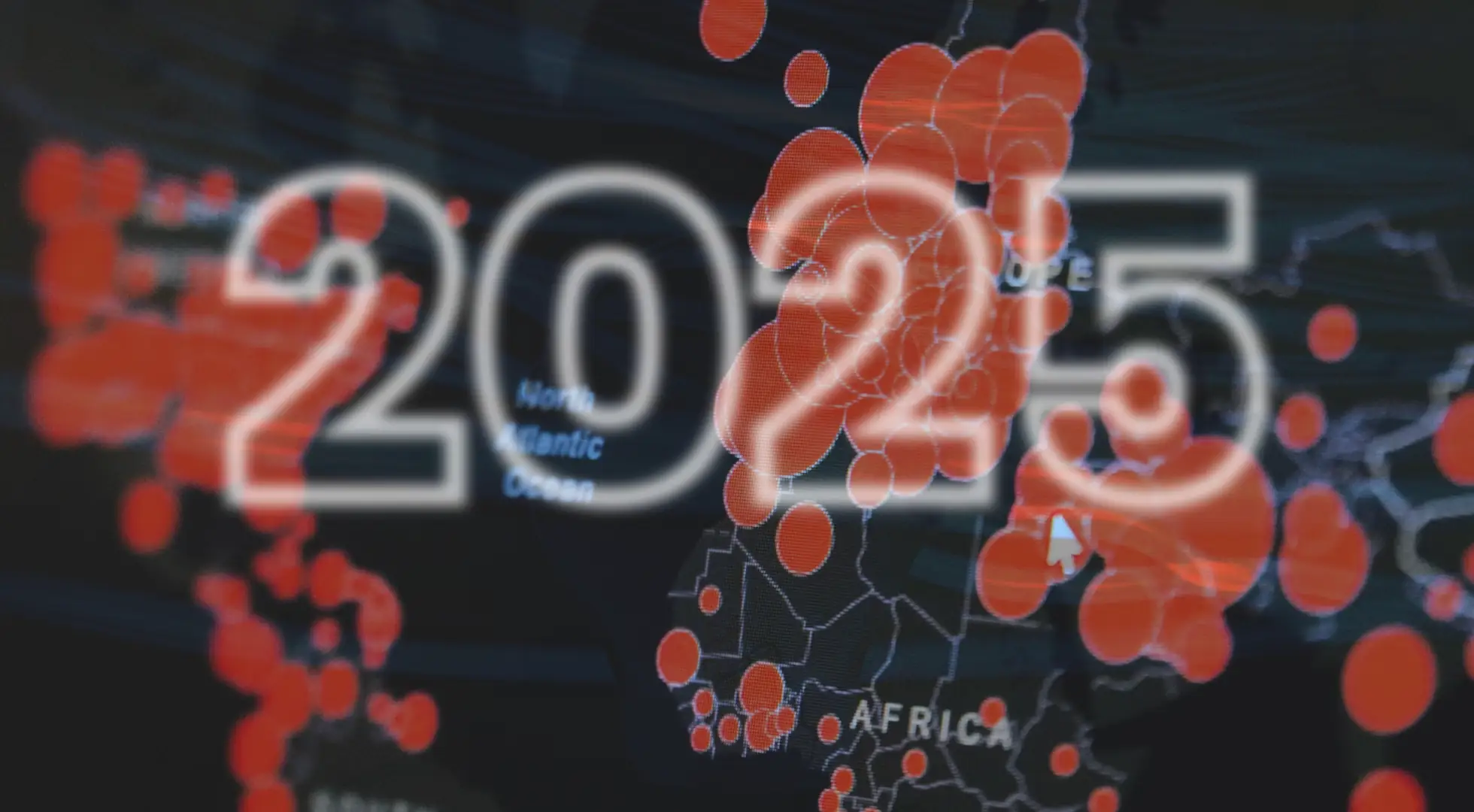As global momentum for clean energy intensifies, investors, developers, and policymakers are
closely monitoring key renewable energy markets for 2025. With a focus on solar, wind, and
green hydrogen, this article explores the top geographies and emerging trends that are shaping
the next wave of growth in the sector.
The 2025 Energy Landscape
The renewable energy sector is poised to attract over $2 trillion in global investment by 2030,
with many of those capital flows accelerating in the next two years. In 2025, the convergence of
decarbonization commitments, innovation in clean technologies, and evolving regulatory
frameworks will define which countries and regions emerge as leaders in solar, wind, and
hydrogen.
Key driving forces include:
- Net-zero targets adopted by over 130 countries.
- Rising demand for energy security and domestic energy production.
- Rapid cost reductions and scalability of renewable technologies.
- Growing appetite for ESG-compliant investments.
1- Solar Energy: Booming Across Emerging Economies
Solar PV remains the cheapest source of electricity in many parts of the world. While mature
markets like China, the U.S., and the EU continue to dominate in volume, emerging economies
are becoming hotbeds for solar expansion.
Notable Markets in 2025:
India plans to reach 280 GW of solar capacity by 2030, led by utility-scale parks in Rajasthan
and Gujarat.
Brazil is experiencing exponential growth in distributed generation, with rooftop solar and net
metering schemes expanding in residential and commercial sectors.
Egypt and Morocco are developing integrated solar-plus-storage systems, leveraging vast
desert lands and high irradiation.
Sub-Saharan Africa is embracing off-grid solar solutions, supported by World Bank and private
equity investments to close the electricity access gap.
Emerging innovations like floating solar (on reservoirs and dams) and bifacial panels are further
improving yields and land-use efficiency.
2- Wind Power: Onshore and Offshore Expansion
Wind power continues to scale on both land and sea. In 2025, the shift toward offshore wind will
gain pace, especially in Asia-Pacific and North America, while onshore wind sees solid growth
in regions with favorable wind corridors and auction frameworks.
Growth Regions:
The U.S. East Coast targets 30 GW of offshore wind by 2030, with New York and
Massachusetts leading project approvals.
Vietnam and the Philippines are pushing new offshore tenders as part of national energy
strategies.
Morocco’s onshore wind projects like Taza and Midelt are being expanded with foreign direct
investment.
Latin America—notably Argentina and Chile—is leveraging strong wind resources to attract
independent power producers.
Furthermore, turbine technology is evolving: larger rotor diameters, higher hub heights, and
AI-enabled predictive maintenance are improving performance and lowering LCOE (Levelized
Cost of Energy).
3- Green Hydrogen: The Frontier of Clean Energy
2025 will mark a breakthrough year for green hydrogen, as global supply chains and offtake
markets begin to mature.
Leading Hydrogen Markets:
Morocco is implementing a national hydrogen strategy, aiming for 4 GW of electrolysis capacity
by 2030.
Australia is investing billions in hydrogen hubs (Gladstone, Pilbara) supported by federal
programs.
Namibia and Chile are developing export-oriented hydrogen projects with EU and U.S.
partnerships.
The EU Hydrogen Backbone initiative is setting up a cross-border infrastructure and demand
aggregation mechanisms.
Hydrogen’s appeal lies in its sector coupling potential: decarbonizing industries like steel,
fertilizers, heavy transport, and even long-duration power storage.
4- Technology and Investment Trends
Innovation and digital transformation are reshaping how renewable energy is deployed and
managed.
Key Trends:
Battery storage capacity is projected to triple between 2023–2026, enabling better grid flexibility.
AI and digital twins are optimizing asset performance and reducing downtime in O&M
(Operations & Maintenance).
ESG-focused investors are prioritizing clean energy projects with strong impact measurement
and climate risk disclosures.
Corporate PPAs (Power Purchase Agreements) are also expanding beyond tech giants, with
manufacturers, retailers, and banks joining the movement to decarbonize operations.
5- Regulatory Shifts Fueling Growth
Policy and regulation remain critical to shaping market maturity and investment confidence.
Landmark Policies:
The U.S. Inflation Reduction Act (IRA) is offering long-term tax credits for solar, wind, and
hydrogen production.
The EU Green Deal and Fit for 55 package are enforcing binding targets and carbon pricing
schemes.
India’s Production Linked Incentive (PLI) scheme is boosting domestic solar manufacturing.
North African countries are simplifying permitting and launching green export zones.
Access to green finance, carbon credit schemes, and streamlined permitting processes are
becoming differentiators for competitive market entry.
With demand for clean energy accelerating and geopolitical shifts altering energy dynamics,
2025 presents both a challenge and an opportunity for companies in the renewable space.
Success will depend on:
- Understanding local policy environments
- Accurately forecasting demand and pricing scenarios
- Building strategic partnerships across the value chain
Ready to explore strategic opportunities in fast-growing energy markets?
📩 Contact NoorPoint today to access expert market intelligence, tailored forecasts, and
go-to-market strategies that maximize your impact and ROI.

